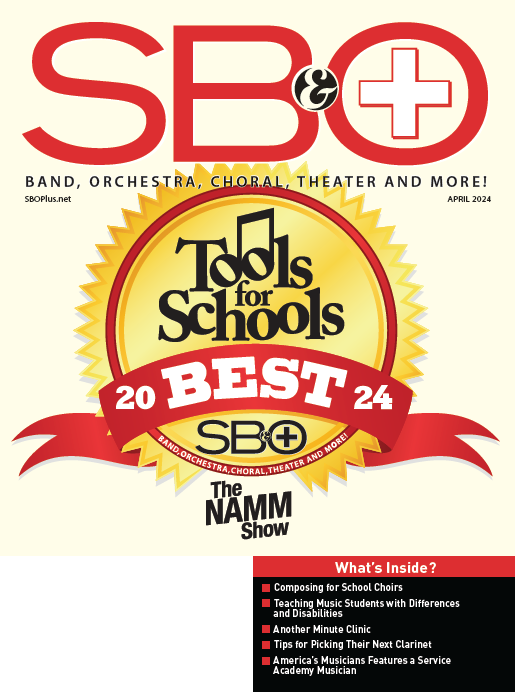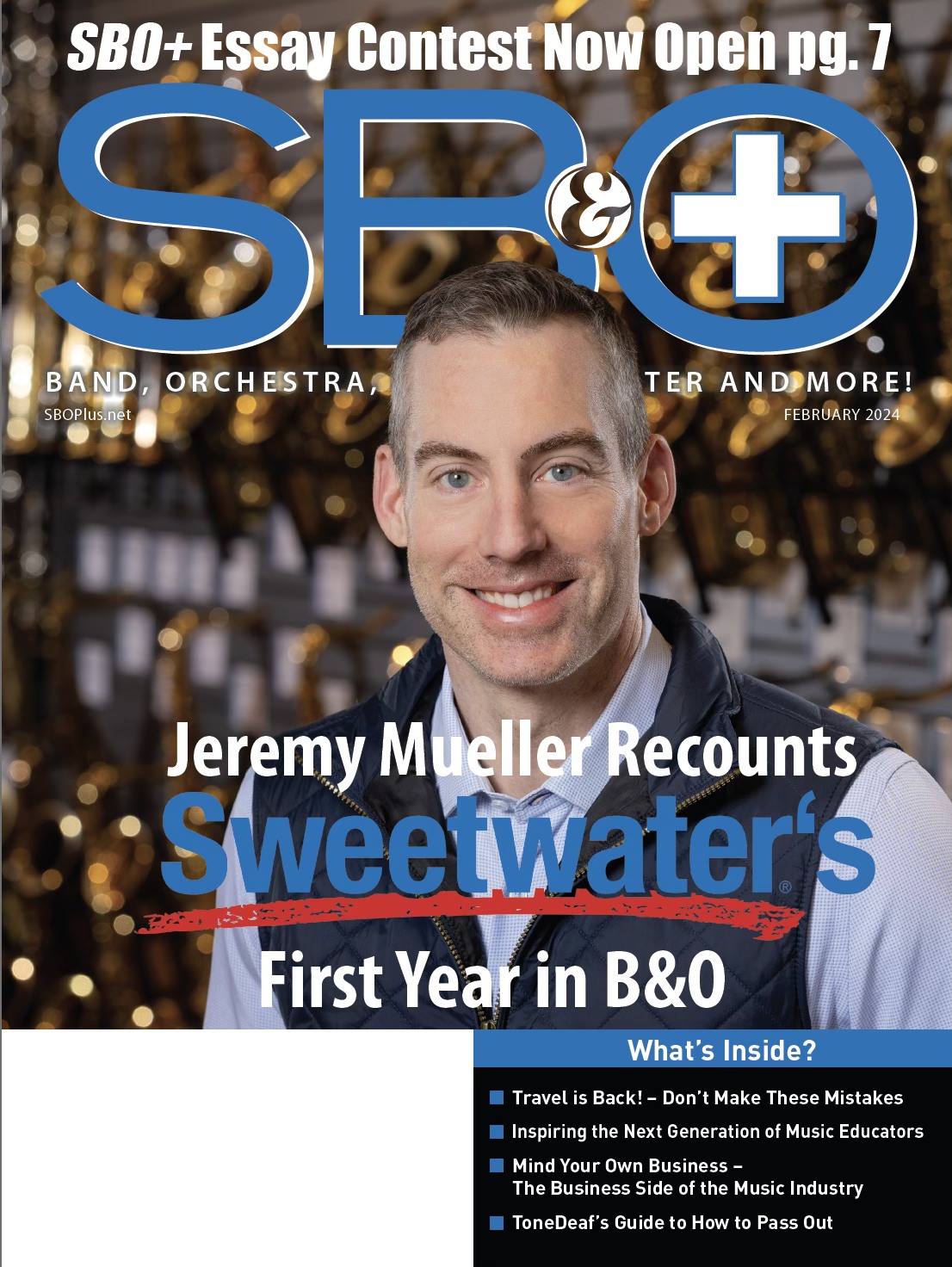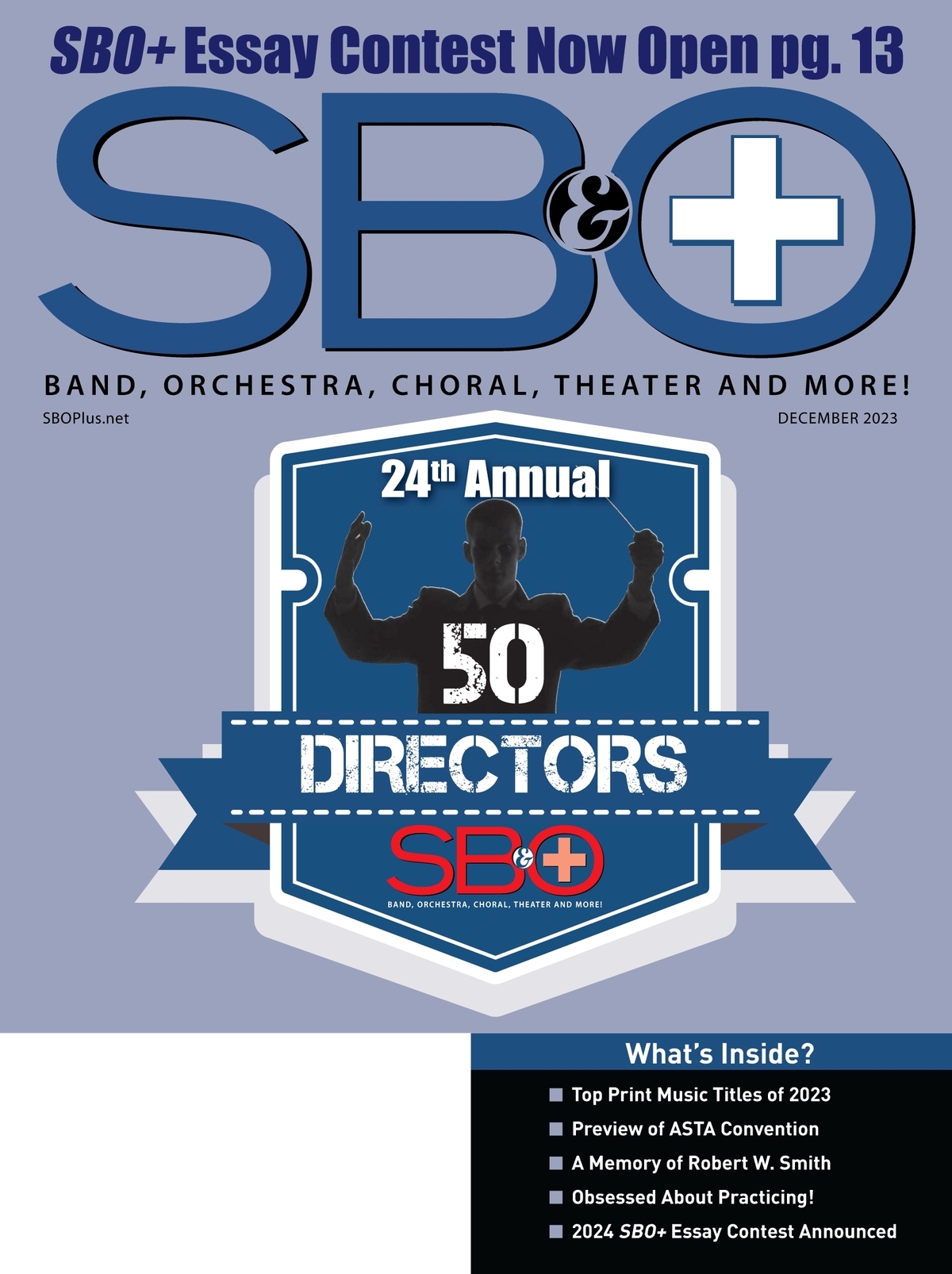EDUCATORS SUBSCRIBE FOR AS LOW AS $0.00! CLICK HERE!
 Chitty Chitty Bang Bang, the musical fantasy film about the flying, floating car, marks its 50th anniversary on December 16, 2018. The film has been a favorite, especially among children. This article celebrates the original Ian Fleming book, the film and the Sherman Brothers’ musical score, and their presence within popular culture.
Chitty Chitty Bang Bang, the musical fantasy film about the flying, floating car, marks its 50th anniversary on December 16, 2018. The film has been a favorite, especially among children. This article celebrates the original Ian Fleming book, the film and the Sherman Brothers’ musical score, and their presence within popular culture.
I was almost seven when my mother brought me and my brother to see Chitty Chitty Bang Bang at a local cinema in December 1968 during Christmas break. The lights dimmed, and as the film commenced, I became enthralled. I knew that we were in for a fun and enjoyable experience. This tribute provides background about the making of Chitty Chitty Bang Bang including details about the famous songwriting team of Richard and Robert Sherman (known professionally as The Sherman Brothers) and their musical score. I provide suggested learning scenarios for the music and performing arts curriculum.
Background
Ian Fleming published his book Chitty Chitty Bang Bang: The Magical Car in 1964. He was inspired by a series of aero-engined racing cars built by Count Louis Zborowski in the early 1920s referred to as Chitty Bang Bang. Fleming also wrote numerous James Bond books including Goldfinger, The Spy Who Loved Me and Thunderball, among others. United Artist Pictures decided to create a musical adaptation loosely based on Fleming’s book with a script by children’s author Roald Dahl and Ken Hughes, the latter also serving as director. The film became a global cinematic hit as well as a television favorite with frequent telecasts. For more about the film, see the sidebar “Fantasmagorical Facts about Chitty Chitty Bang Bang.”
The Plot
A British inventor who is having difficulty with his inventions creates a car from a crashed Grand Prix vehicle that floats and flies. He, his two children and lady friend go on a fantasy adventure seeking the inventor’s kidnapped father who is mistaken for his son by villains from a foreign land.
Musical Score
The original Chitty motion picture score by the Sherman Brothers is comprised of eleven songs, not including reprises. For more about the composer and lyricist team, see the sidebar “The Sherman Brothers.” Irwin Kostal completed the orchestrations and conducted the music. He also scored the film musicals West Side Story, Mary Poppins and The Sound of Music, the stage musical Fiorello! and was the musical director for TV’s The Garry Moore Show. Kostal won two Academy Awards for Best Musical Adaptation for the musical films West Side Story and The Sound of Music.
The following chart outlines the time signature of songs in the Chitty score. The majority of the songs, seven of the eleven, are in cut time. One is in common time, two are waltzes and one is a march.
Common Time (4/4)
- “Lovely Lonely Man”
Cut Time (2/2)
- “Chitty Chitty Bang Bang”
- “Chu-Chi Face”
- “Doll on a Music Box”
- “Me Ol’ Bam-Boo”
- “The Roses of Success”
- “Truly Scrumptious”
- “You Two”
March (6/8 time)
- “Posh”
Waltzes (3/4)
- “Hushabye Mountain”
- “Toot Sweets”
Six songs are character songs – “You Two,” “Chitty Chitty Bang Bang,” “Truly Scrumptious,” “Lovely Lonely Man,” “Posh” and “Chu-Chi Face” – helping the audience understand the characters’ motivation as well as move along the plot.
Curricular Considerations
Instructors can focus on the themes and music of Chitty for lessons and units. The Multiple Intelligences, especially musical intelligence, could definitely guide instruction. The Habits of Mind could also be utilized. For example, Habit 1 (“Persisting”) could be illustrated by how inventor Potts (Dick Van Dyke) persevered and kept working on Chitty until she was complete and a masterpiece of a car. Habit 6 (“Striving for Accuracy”) could be accomplished by having students learn one song from the Chitty score and keep working on it until they can perform it with accuracy and fluidity for the class.
Chitty Chitty Bang Bang Learning Scenarios
The following outlines learning scenarios that utilize the music and themes of Chitty to enrich the music and performing arts curriculum. These are only suggestions and can be adjusted to accommodate students of different grade levels and ability levels. Using more than one scenario within a class could also invite differentiation. I recommend cooperative learning groups for optimal student engagement although students can work alone or with others and tasks can be completed in or out of class.
The Ian Fleming Book Students can read the original Fleming book Chitty Chitty Bang Bang: The Magical Car. They can compare and contrast the original book to the film and note similarities and differences presented in speaking or writing.
Dick Van Dyke – Explore the life and career of Dick Van Dyke. In which other films, plays and TV series did he appear?
The Sherman Brothers – Students can explore the extensive works of the Sherman Brothers. Which scores did they create and in what year? Choose three of their works and describe the main premise of each one. Students can choose one song by the pair and analyze the musicality, the lyrics and the context of the song. Which character in which musical performed the song?
Thematic Lessons – Some interesting themes from Chitty include candy-making, car racing, car production, famous inventors, inventions and England in the 1910s. Their exploration invites interdisciplinary learning.
The Musical Score – Consider the following activities that delve into the Chitty score:
Name that Tune! Using the overture, students identify the melodies they hear from the score.
Hit It! Students alone or with others perform songs with piano or other accompaniment or a cappella from the Chitty score. “Toot Sweets” would be an ideal song for flute players.
Favorite Tune: Which is your favorite song from the Chitty score? Write a one-page essay describing the theme of the song and analyzing its lyrics. Consider the characters in your interpretation.
Signature Analysis – Students explore the types of time signatures used for the Chitty score. Which time signature is the most common? What other time signatures are found for the remaining songs?
You Are Such a Character – Which songs are character songs? Match the song to the character and explain the main message of the song lyrics. Are any of the songs love songs or ensemble numbers?
Once Again Please – Which Chitty songs are repeated as reprises? How do the reprises differ from the first performance?
Background Check – Choosing one scene with background music, students analyze the underscore and match what they hear to the melodies of the main Chitty songs.
Title Song – “Chitty Chitty Bang Bang” is an ensemble number describing the newly renovated car. What adjectives are used to describe the car? What words are used to create rhymes?
“Toot Sweets:” Because this is a song about Potts’ whistling confection, students can focus on the use of flutes in the orchestration of this song. What is the main message? What ultimately happens at the end of the film regarding the toot sweets?
“The Roses of Success:” What is the main message of this song? Who performs it?
“Doll on a Music Box:” This song sung by Truly Scrumptious sounds like a music box with vocals. The second time, it is performed with the “Truly Scrumptious” reprise in counterpoint. What is counterpoint? What other examples of counterpoint can you find in popular or musical theatre works?
Summary
Chitty Chitty Bang Bang has entertained audiences for fifty years and has become a classic. The songs in the score are appropriate for instrumental and choral music students and are particularly adored by young children. New generations of children can enjoy Chitty Chitty Bang Bang, the fantasmagorical musical.
Fantasmagorial Facts About Chitty Chitty Bang Bang
Chitty was filmed at The Pinewood Studios in London and on location in England, France and Germany.
A stage adaptation of Chitty premiered in 2002 in the West End of London that included most of the original score plus additional songs by the Sherman Brothers.
• Some of the key players from the 1964 film musical Mary Poppins were involved in Chitty: star Dick Van Dyke, Richard and Robert Sherman for the musical score, Irwin Kostal for orchestrations and conducting and choreographers Dee Dee Wood and Marc Breaux, who also choreographed The Sound of Music.
• Besides Van Dyke, other cast members included Sally Ann Howes, Lionel Jeffries, Adrian Hall, Heather Ripley, Benny Hill, Robert Helpmann, Gert Fröbe and Anna Quayle. Sally Ann Howes, who played Truly Scrumptious, filmed “Doll on a Music Box” in one take. Lionel Jeffries, who played Dick Van Dyke’s father in Chitty, was actually six months younger than Van Dyke in real life.
• Six versions of the Chitty car were used for filming; only one was fully operational. Chitty’s license plate, GEN 11, derives from the Latin word genii meaning “magical people or beings” as in the original Fleming book.
•Ian Fleming never saw the published Chitty Chitty Bang Bang: The Magical Car nor the musical film that it inspired; he died two months before the book’s publication and four years before the film premiered.
• For the song “Toot Sweets,” orchestrator Irwin Kostal assembled 22 flautists to play in the orchestra, borrowed from various philharmonics in and around London.
• Producers considered Julie Andrews for the role of Truly Scrumptious; Andrews declined the role reportedly because it was too similar to her Mary Poppins role.
• The song “Chitty Chitty Bang Bang” was nominated for an Academy Award for original song. The film garnered two Golden Globe nominations for best original score and best original song “Chitty Chitty Bang Bang” and a Grammy nomination for best recording for children for the Chitty soundtrack. It was also nominated for best musical by the former Laurel Awards.
• Similar to other musical films of the 1960s, Chitty was dubbed in numerous languages including French, German, Italian and Spanish.
• In the Italian dubbed version of Chitty, Tina Centi sang the Italian lyrics of Truly Scrumptious as well as the Italian renditions of songs for the female leads in the Italian dubbed film versions of My Fair Lady, The Sound of Music and Mary Poppins.
Long Islander Tony Garofalo is a retired New York City police officer who is now a real estate agent and John Lennon impersonator/vocalist/guitarist in the Beatles tribute band Strawberry Fields. He also has a lifelong passion for the movie musical Chitty Chitty Bang Bang, and built this full-scale replica from the movie, which he used to drive Dick Van Dyke around in during a celebration of his hometown.
Ato Z Theatrical Supply and Services in Kansas City rents complete Chitty Chitty Bang Bang props and costumes for productions to schools nationwide, including a 3/4 scale 4’ x 12’ air-powered car, and the famous breakfast machine. www.atoztheatrical.com/chittychittyrental.php
Keith Mason, Ph.D. is based in New Providence, New Jersey. He received eight Rising Star Awards from the Paper Mill Playhouse for educational impact. Mason has authored numerous articles about musicals and is currently writing a book titled Musicals Across the Curriculum: Interdisciplinary Pathways to Learning.






